Low-code
As simple as it can be
Real-time data engineering with the skillset of a data analyst
No need for specialised resources
Deploying stream integration solutions usually requires specialised resources. Not with Digazu! Anyone with a basic data background can be effective almost immediately. This means that you can put the technology in the hands of more people, across your organisation. This allows people with a strong understanding of the source systems to package data effectively (as data products) for the rest of the organisation to discover and exploit in a self-service-mode.
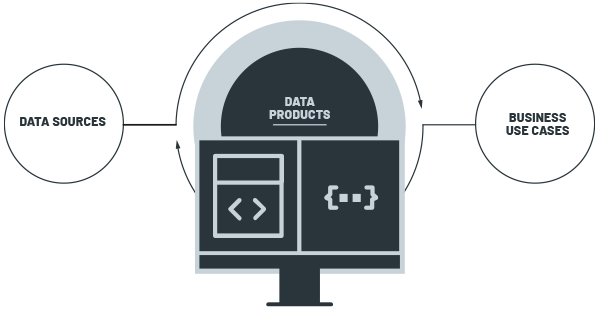
Connect to any source with a wide range of no-code connectors
Digazu provides a wide range of real-time data connectors that connect to all the most common data sources. In a few clicks, you can collect historical data and start listening for real-time updates through Change Data Capture (CDC) or other mechanisms.
Files
CSv - XML
S3 - SFTP
Databases
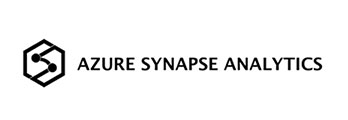
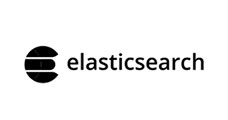
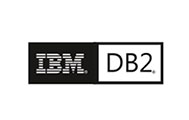
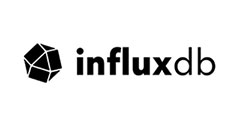
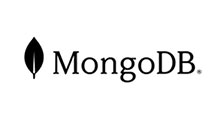
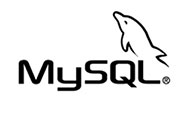
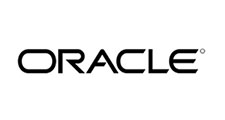
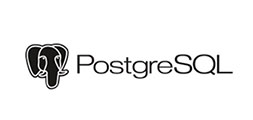
Stream

Our connectors are built on the powerful Kafka Connect technology and additional connectors can be built on request.
Combine data across silos with a common SQL transformation layer
All your data sources are managed on a common basis and can be efficiently combined using SQL. All the work is done with the skillset of a data analyst, as you don’t need to deal with the physical aspects.
You can even use our visual editor for the most common transformations to create your own data products without having to write one single line of code.
This is very well suited for exploration as doing the work properly is done as quickly as trying things out.
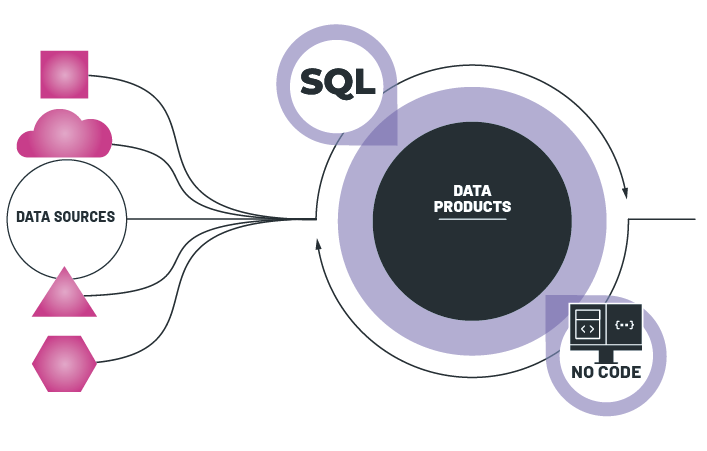
Keep everything synchronised
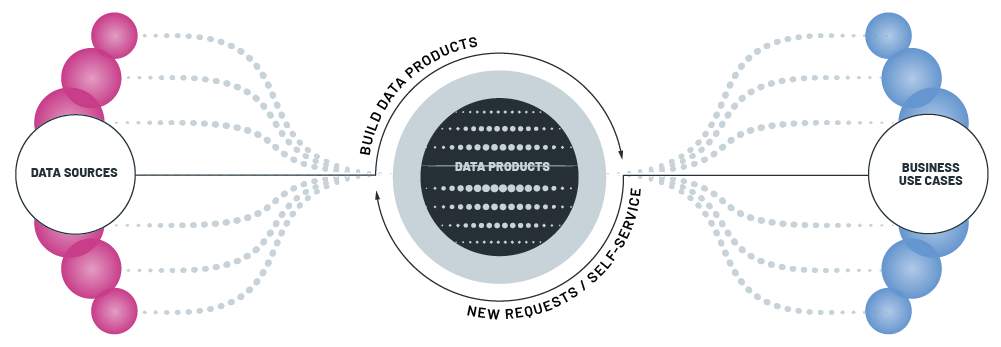
Real-time data allows you to make better business decisions but also to react when the value of your reaction is the highest: closing an online sale, detecting a fraud attempt or addressing risk in an automated production chain. Data science and predictive analytics are pushing the boundaries of what is possible with real-time data.
Even for more traditional scenarios that would not necessarily need real-time, using a streaming approach gives you the certitude that all your data gets continuously updated so there is no need to manage the timing of updates or synchronisation. You can just consume the data in the stream with the guarantee that it is up-to-date, which greatly simplifies the process.

